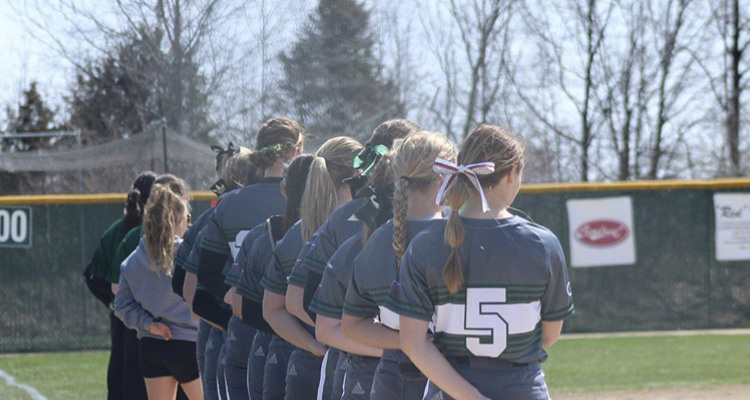Life is hectic for any college student. There are multiple classes to balance, constant studying and reading outside of class, organizations to get involved in, and of course an active social life. For a student-athlete on one of William Woods’ 16 intercollegiate athletic teams, there is even more to juggle. Practices, weight lifting and fitness training, traveling to games, team meetings, and so much more. Student-athletes have to plan for missed classes, less study time, and sometimes even have to change their finals schedule.
So what’s it like playing on a William Woods athletic team?
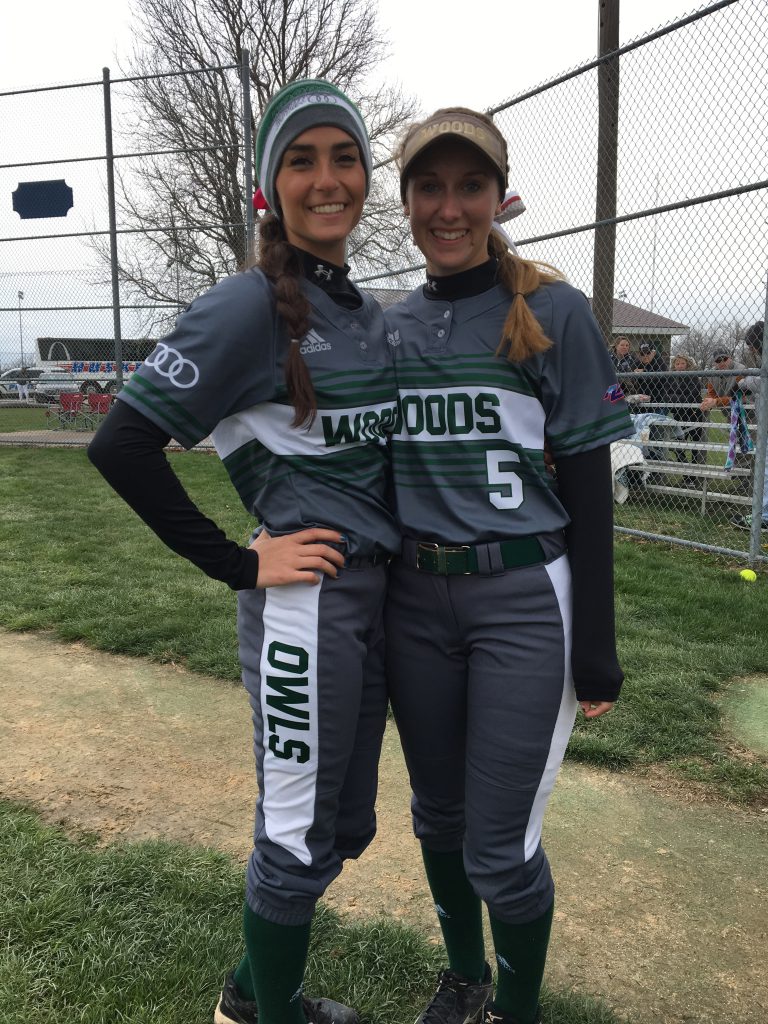
“It can be kind of hectic being a student-athlete, we’re always running from place to place,” said Ari Arnold ’19, a member of the softball team. “But its nice being part of that community of athletes.”
“Being a student-athlete at William Woods is awesome,” said Ananiah Talton ’21, who plays track and field at The Woods. “The atmosphere is great because there’s so many athletes here and the professors are so understanding.”
Teammates make it all worth it. These athletes agreed that their teammates were the best part of being on team. But that feeling of having a second family is not the only great thing about competing – there is of course, nothing like the feeling of winning a match or game.
“It’s cliché, but it doesn’t stop it from being true; it’s definitely like a family. It’s a good feeling they’ve created. I’ll always see other baseball players on campus and you never have to eat alone,” said Andrew Fyffe ’22, of the Owls’ baseball team.
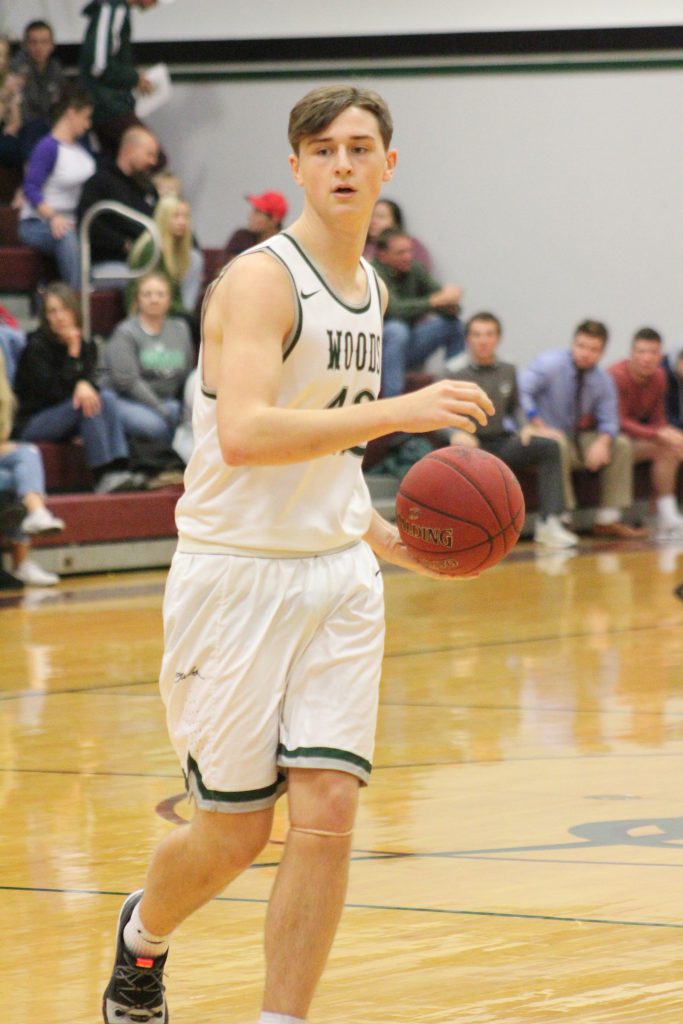
“The guys and my coaching staff are my favorite part of athletics. It’s great to meet new people and practice under some great coaches,” said Makenzie Fessler ’21, a basketball player at WWU. “But also being successful and winning. Winning is great too.”
To compete at the college level, student-athletes have to practice sound time management. Every student has his or her own method of staying organized and completing their tasks, which becomes even more critical for students on an athletic team. Planners, sticky notes, calendars, and to-do lists are necessities.
“Multitasking is huge. Sometimes going from meeting to meeting, I have to take a break, even if it’s only for 20 minutes and get some studying done in McNutt,” said Arnold. “Also finding people I trust who will take good notes when I’m gone is really important.”
“Athletics makes studying time more crunched. You have to spend that time in the library and nowhere else, even when you’re tired. It can be tough to get used to it. Social activities can be very hard, as practice and games take up the time you could be with friends,” said Fessler.
But don’t think the demands on a student-athlete’s time go away once their sport’s season ends. These challenges go right on into the off-season, as practices are just replaced with more weight and fitness training. And it is not only college athletes at major, Division One athletic programs that have year-round commitments. Athletes at The Woods, which competes at the N.A.I.A. level, face some of the same challenges balancing academics with athletics as their Division One peers.
Challenges like constant training, even in the off-season. Or putting in significant time at their sport, and then dealing with failure. Or catching up on missed class time.

“For me personally, I have a really hard time missing class, I like to hear my professors lecture,” said Arnold. “Sometimes they just explain it in a better way than the book and it clicks.”
“I would say the most challenging part would definitely be losing, even more so than the challenges of time management,” said Fessler. “When you’re playing a game you love with a bunch of guys you care for, it’s really hard to lose, especially after all the effort you’ve put in. I love the game and want to win every time I touch the court.”
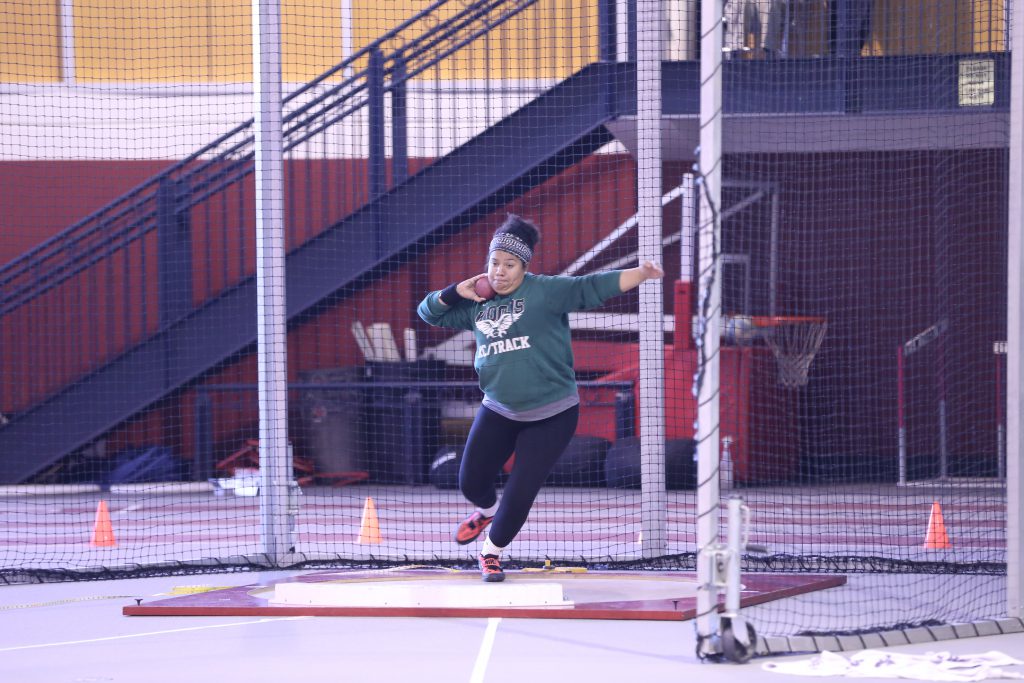
“It’s hard having (Track and Field)meets held off campus because you want your school and friends to be there to support you. Track especially has most meets very far away from campus so it’s difficult. Many other students do try and ask about track and keep up with what we do though,” said Talton.
Practice can vary between on and off season. During off-season, athletes still practice, but mostly work on building their strength and conditioning. During the season, athletes practice within small groups in their team, and with the team as a whole.
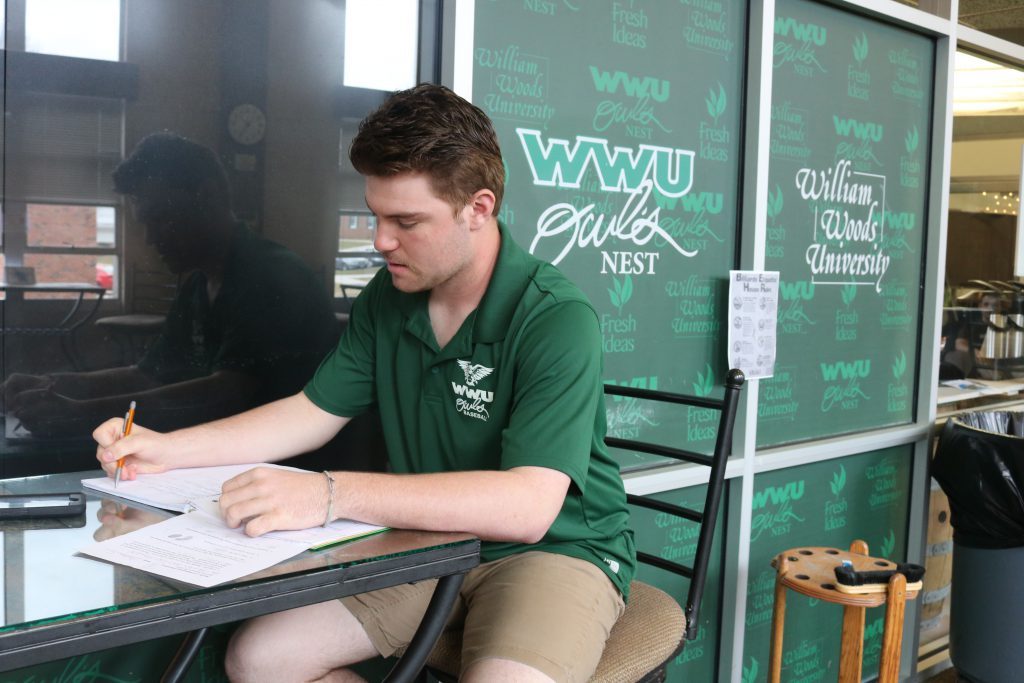
“A typical indoor practice for me (a pitcher) involves a warm-up and stretch, our throwing program, group conditioning, and a final stretch. It usually lasts anywhere from an hour to an hour and a half,” said Fyffe. “Larger all-team practices usually go on for much longer. Typically, everyone warms up together and then splits into positions. We might end up scrimmaging ourselves, having position players take batting practice on the field, or work on defense as a team.”
Student-athletes are prepared for these challenges though, as a big part of choosing a university for them is the athletics program. Once here, many students choose to get involved in even more activities.
 “Finding your role on the team can be difficult. There’s long hours, and sometimes the six-hour bus rides can take a toll on you,” Fyffe said. “But college is challenging for everyone, and some students have jobs instead of athletics, so you just have to keep it in perspective.”
“Finding your role on the team can be difficult. There’s long hours, and sometimes the six-hour bus rides can take a toll on you,” Fyffe said. “But college is challenging for everyone, and some students have jobs instead of athletics, so you just have to keep it in perspective.”
And what makes the William Woods athletic life that much more rewarding is that, even its hyper-busy student-athletes can find a range of activities outside of their sport that make for a well-rounded college experience.
“I’m involved as a Community Advisor, that’s a huge part of what I do. I’m also a leader of FCA, which is the Fellowship of Christian Athletes. I like helping people and being a CA has let me do that,“ said Talton. “I also really enjoy the LEAD events all students do.”
In the end, the thrill of wearing the Owls uniform and the status of being an intercollegiate athlete more than makes up for the sacrifices athletes at William Woods make to compete. And no matter what sport a William Woods student is involved in, they know they have supportive teammates, coaches, classmates and professors behind them.

